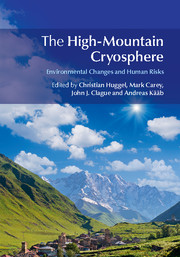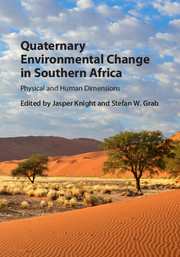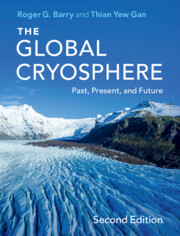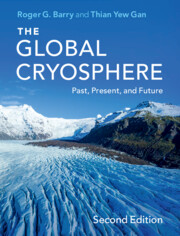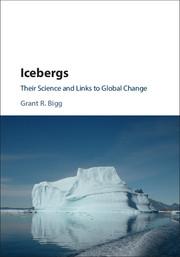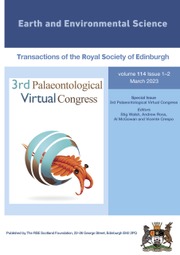The High-Mountain Cryosphere
This edited volume, showcasing cutting-edge research, addresses two primary questions - what are the main drivers of change in high-mountains and what are the risks implied by these changes? From a physical perspective, it examines the complex interplay between climate and the high-mountain cryosphere, with further chapters covering tectonics, volcano-ice interactions, hydrology, slope stability, erosion, ecosystems, and glacier- and snow-related hazards. Societal dimensions, both global and local, of high-mountain cryospheric change are also explored. The book offers unique perspectives on high-mountain cultures, livelihoods, governance and natural resources management, focusing on how global change influences societies and how people respond to climate-induced cryospheric changes. An invaluable reference for researchers and professionals in cryospheric science, geomorphology, climatology, environmental studies and human geography, this volume will also be of interest to practitioners working in global change and risk, including NGOs and policy advisors.
- The first book to focus on high-mountain cryosphere changes and to integrate these impacts with a socio-environmental risk perspective
- Offers a unique perspective emerging from the interaction of climate, geology, economy and culture in the world's high mountains
- Covers all major high-mountain systems worldwide, providing unprecedented insights into environmental changes and their implications for people across high-mountain regions
- Written by world-leading experts, including significant contributors to the Intergovernmental Panel on Climate Change's Fifth Assessment Report volumes
Product details
August 2015Hardback
9781107065840
376 pages
262 × 185 × 25 mm
0.88kg
65 b/w illus. 36 colour illus. 10 tables
Available
Table of Contents
- 1. Introduction: human-environment dynamics in the high-mountain cryosphere Christian Huggel, Mark Carey, John J. Clague and Andreas Kääb
- Part I. Global Drivers:
- 2. Influence of climate variability and large-scale circulation on the mountain cryosphere Imtiaz Rangwala, Nick Pepin, Mathias Vuille and James Miller
- 3. Temperature, precipitation, and related extremes Nadine Salzmann, Simon C. Scherrer, Simon Allen and Mario Rohrer
- 4. Snow and avalanches Sven Fuchs, Margreth Keiler and Sergey Sokratov
- 5. The frozen frontier: the extractives super cycle in a time of glacier recession Jeffrey Bury
- 6. Cultural values of glaciers Christine Jurt, Julie Brugger, Katherine W. Dunbar, Kerry Milch and Ben Orlove
- Part II. Processes:
- 7. Implications for hazard and risk of seismic and volcanic responses to climate change in the high-mountain cryosphere Bill McGuire
- 8. Catastrophic mass wasting in high mountains Oliver Korup and Stuart Dunning
- 9. Glacier- and permafrost-related slope instabilities Michael Krautblatter and Kerry Leith
- 10. Erosion and sediment flux in mountain watersheds Dieter Rickenmann and Matthias Jakob
- 11. Glaciers as water resources Bryan Mark, Michel Baraer, Alfonso Fernández, Walter Immerzeel, R. Daniel Moore and Rolf Weingartner
- 12. Glacier floods Duncan Quincey and Jonathan Carrivick
- 13. Ecosystem change in high tropical mountains Kenneth Young
- Part III. Consequences and Responses:
- 14. The honour of the snow-mountains is the snow: Tibetan livelihoods in a changing climate Hildegard Diemberger, Astrid Hovden and Emily T. Yeh
- 15. Ice-clad volcanoes Richard Waitt, Benjamin R. Edwards and Andrew G. Fountain
- 16. Debris-flow activity from high-elevation, periglacial environments Markus Stoffel and Cristoph Graf
- 17. Contextualizing conflict: vital waters and competing values in glaciated environments Adam French, Javiera Barandiarán and Costanza Rampini
- Part IV. Conclusions:
- 18. Synthesis and conclusions: the future of high-mountain cryospheric research Mark Carey, Christian Huggel, John J. Clague and Andreas Kääb.

